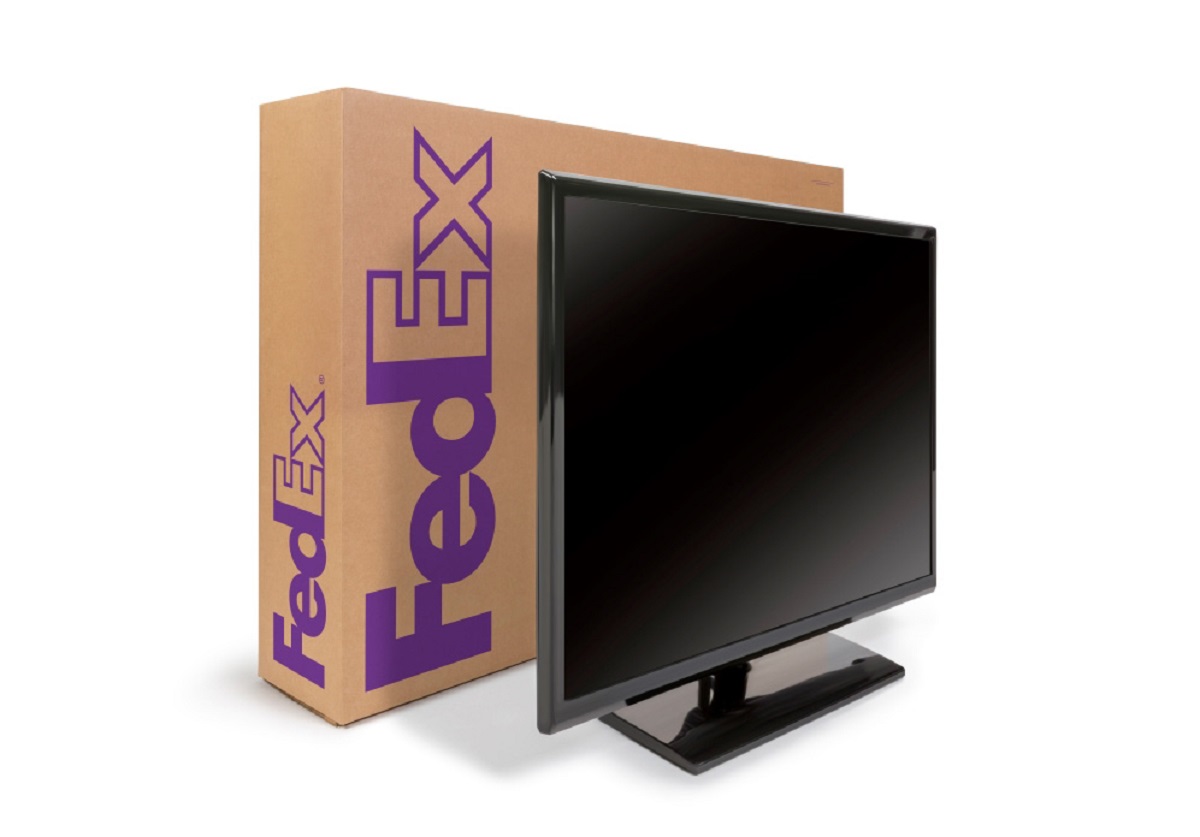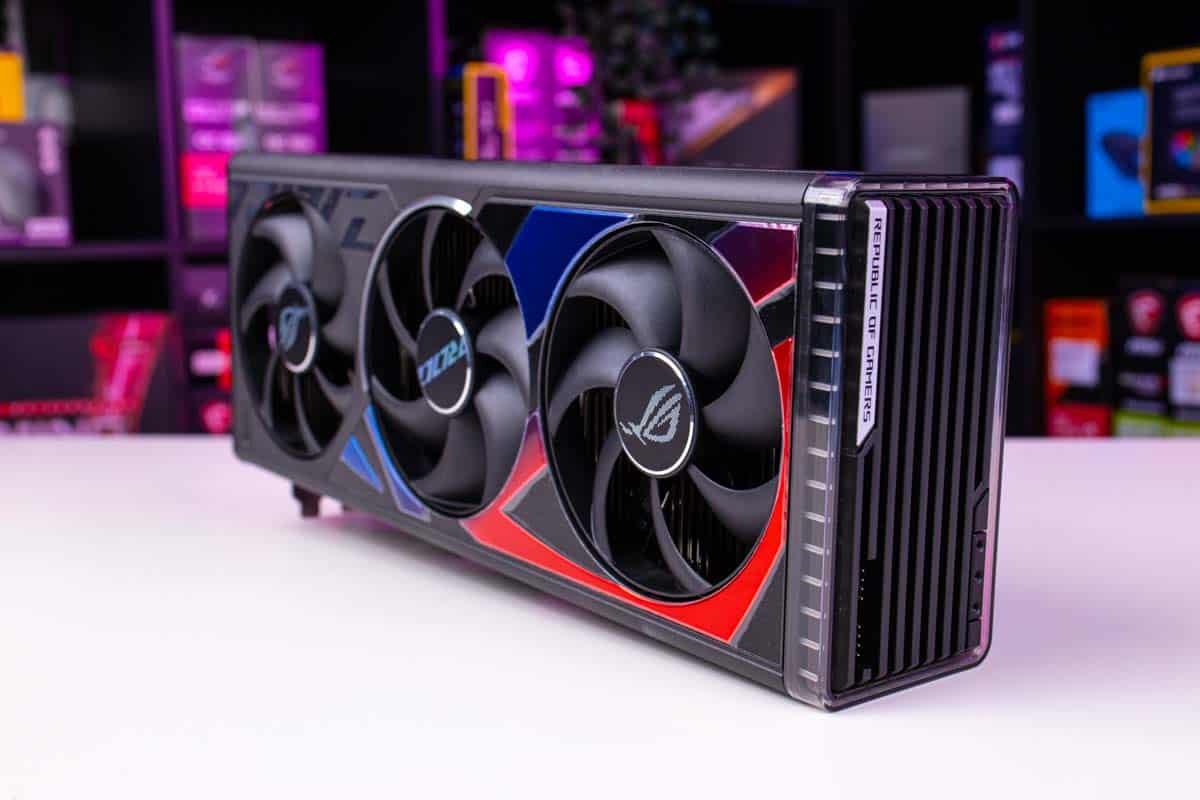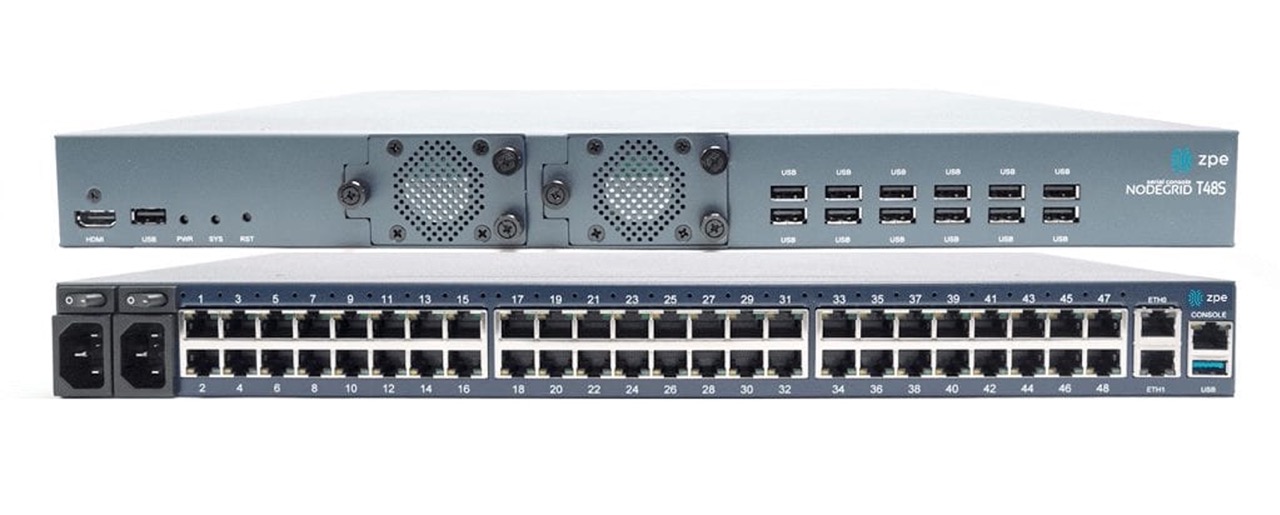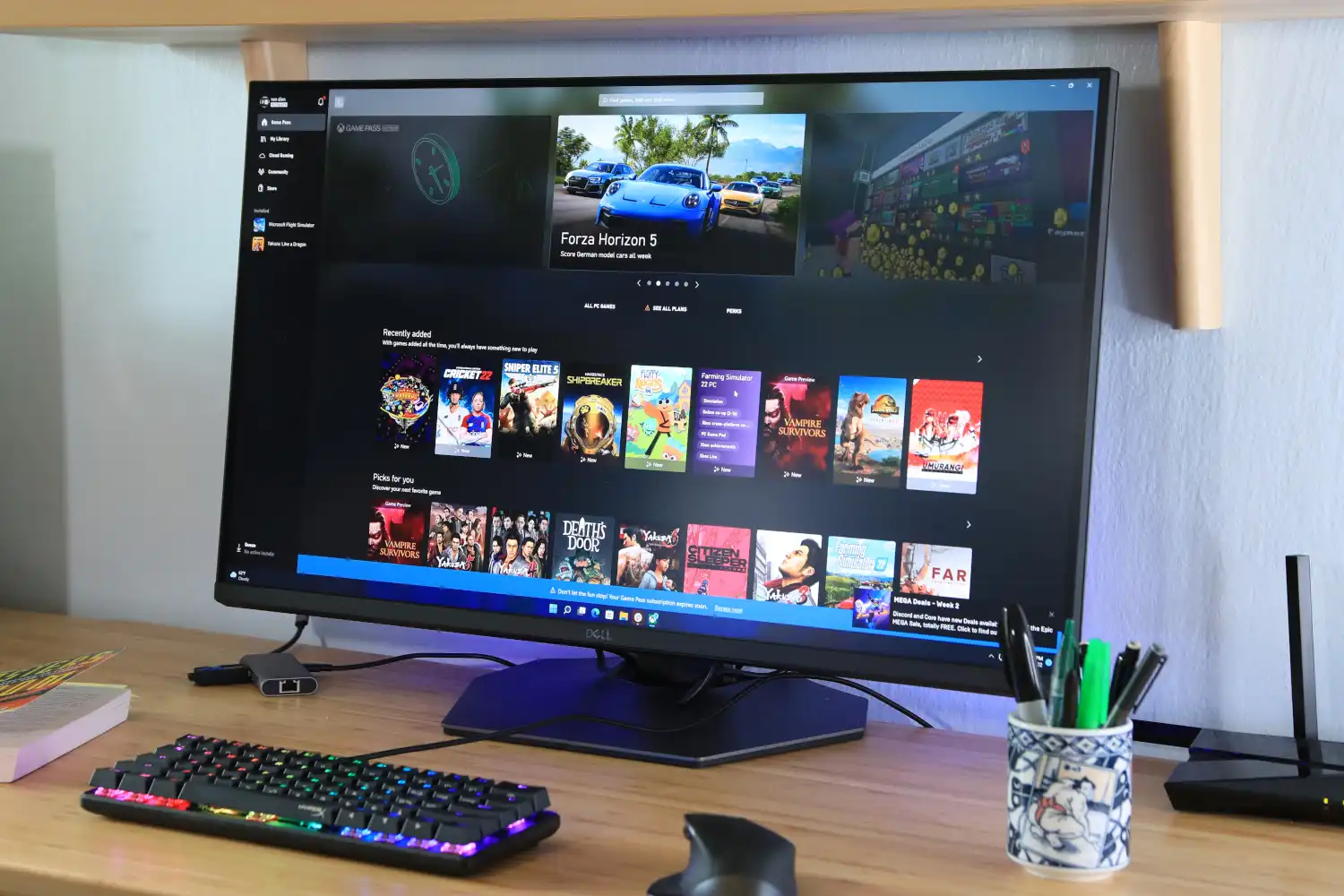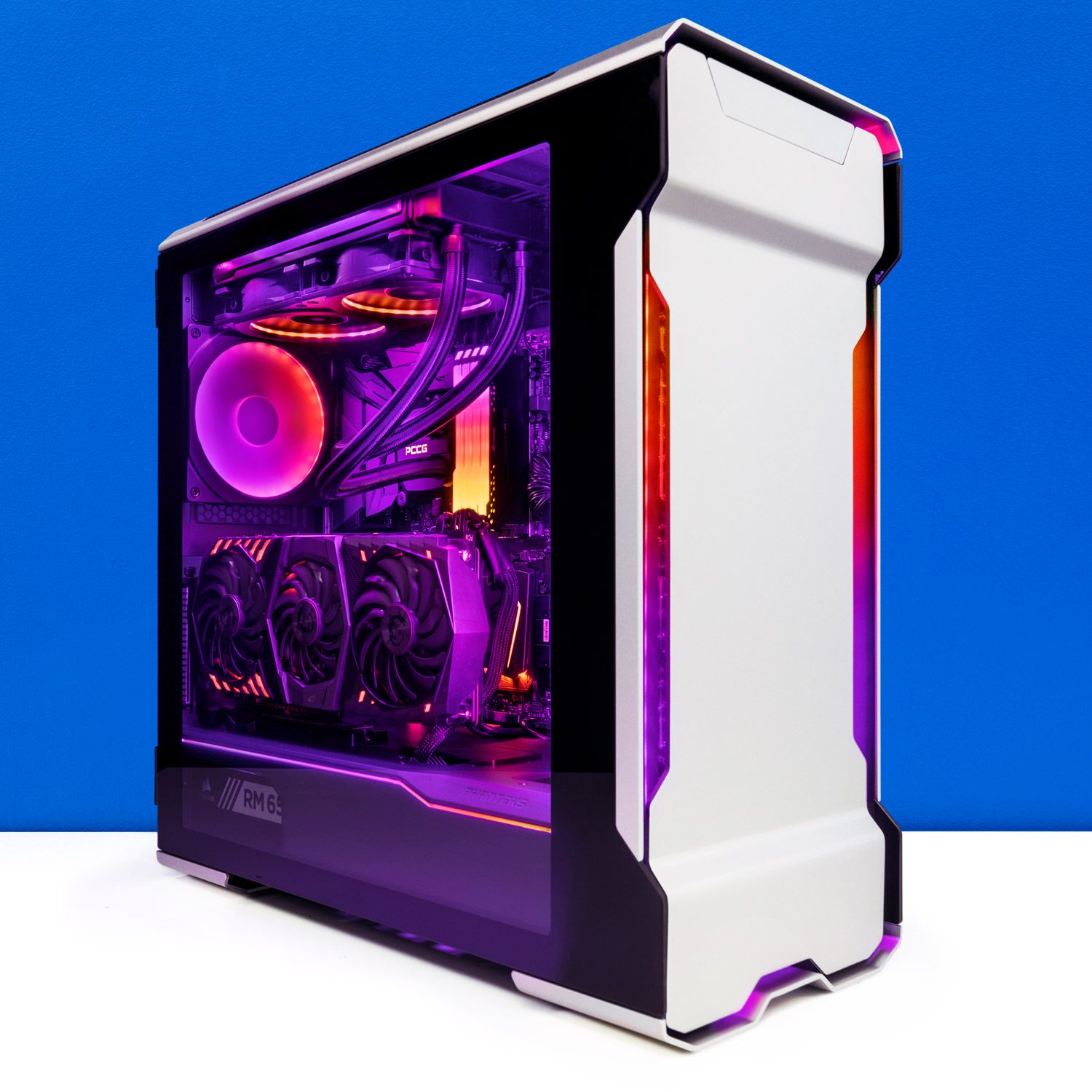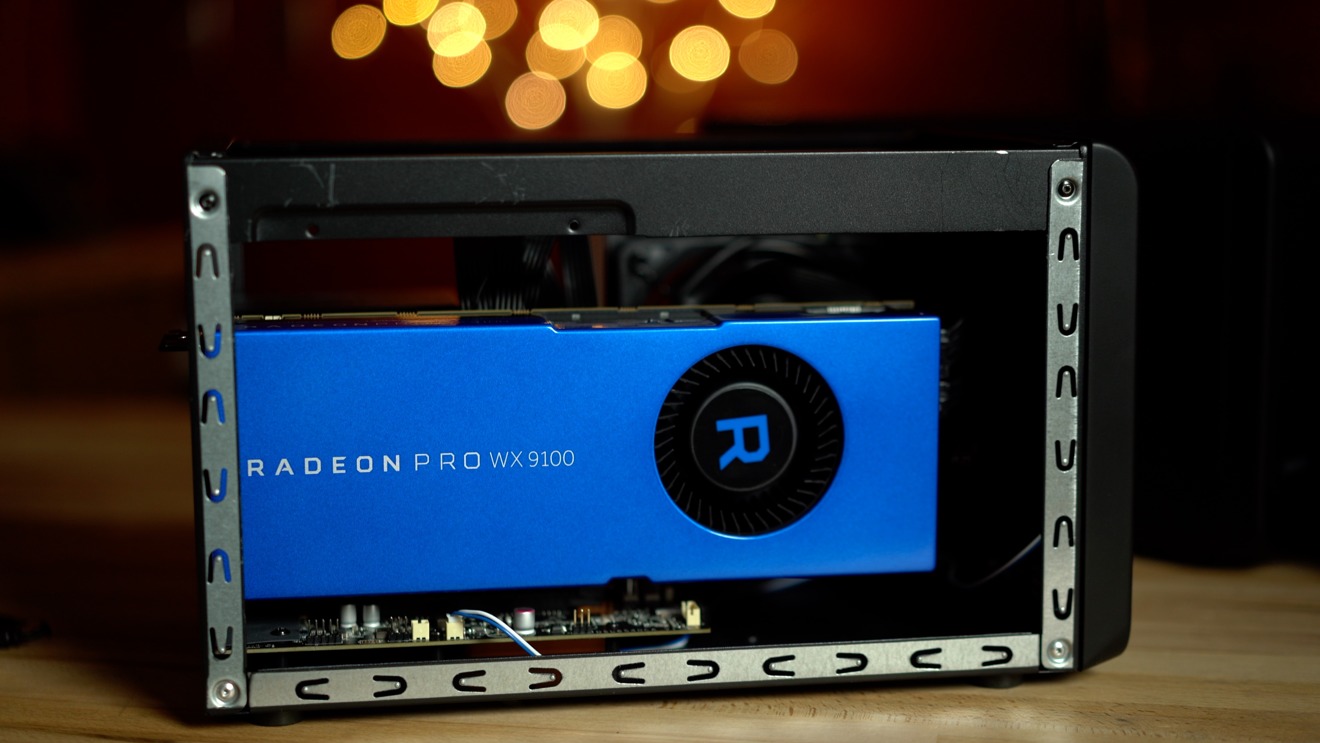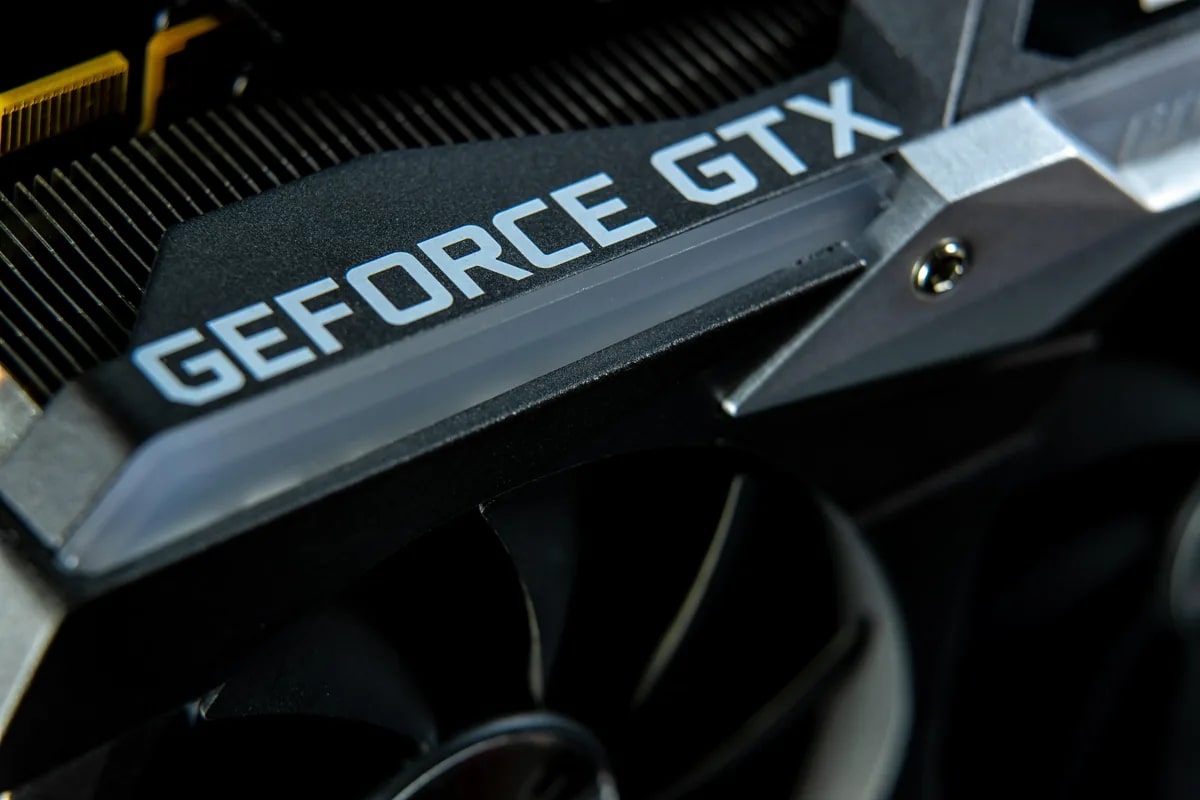Introduction
Shipping a computer monitor may seem like a daunting task, but with the right preparation and packaging, you can ensure that it arrives safely at its destination. Whether you’re moving to a new location, selling or gifting your monitor, or need to send it for repairs, proper packaging is essential to prevent any damage during transit.
Computer monitors are delicate devices that require careful handling and protection to avoid scratches, cracks, or breakage. This guide will walk you through the step-by-step process of properly packing and shipping your computer monitor. From gathering the necessary packing materials to labeling and choosing the right shipping service, each step is crucial in ensuring a secure and hassle-free shipping experience.
Packing a monitor might seem like a time-consuming task, but the extra effort is worth it to protect your valuable investment. By following these guidelines, you can rest assured that your monitor will withstand the rigors of transportation and arrive in the same condition it was in before shipping.
So, if you’re ready to learn how to ship a computer monitor and ensure its safe delivery, let’s dive into the details of this comprehensive guide.
Packing Materials
Before you start packing your computer monitor, it’s important to gather all the necessary materials to ensure proper protection during transit. Here’s a list of essential packing materials you’ll need:
- Cardboard box: Find a sturdy, appropriately sized box that will fit your monitor with enough space to add protective padding.
- Bubble wrap: Use bubble wrap to provide cushioning and protect the monitor from any impacts or vibrations. Make sure to get enough bubble wrap to adequately cover the entire monitor.
- Packing paper or foam sheets: These will provide an extra layer of protection between the monitor and the bubble wrap. Alternatively, you can use foam sheets for added cushioning.
- Packing tape: High-quality packing tape will secure the box and prevent it from opening during transit.
- Marker pen: Use a permanent marker to label the box with relevant information, such as fragile stickers, handling instructions, and shipping details.
- Ziploc bags: Use Ziploc bags to organize and secure the cables, screws, and accessories that belong to the monitor.
- Styrofoam corner protectors: These protectors will reinforce the corners and edges of the monitor, providing additional shock absorption.
It’s crucial to remember that the quality of the packing materials directly impacts the level of protection your monitor will receive. Avoid using worn-out or damaged boxes, as they may compromise the structural integrity and lead to potential damages.
By ensuring you have all the necessary packing materials, you can proceed to the next step of preparing your monitor for shipping.
Step 1: Prepare the Monitor
Before you pack your computer monitor, you need to take a few steps to prepare it for shipping. Follow these instructions to ensure that your monitor is ready to be safely packed:
- Turn off the monitor and unplug it from the power source. This will prevent any electrical damage during the shipping process.
- Check for any loose or detachable parts. Remove the monitor stand or any other detachable components. Wrap them separately and securely to prevent damage.
- Take a few pictures of the monitor from different angles. These photos will be helpful in case any damage occurs during shipping and you need to file an insurance claim.
- Inspect the monitor for any existing scratches, cracks, or damage. Document these issues to ensure that you are not held responsible for pre-existing conditions.
- Ensure that the screen is clean and free from any dust or smudges. Use a soft, lint-free cloth to gently wipe the screen if needed.
By following these steps, you are ensuring that your monitor is in the best possible condition for packing and shipping. Properly preparing the monitor will minimize the risk of damage during transit and give you peace of mind knowing that your valuable device is being handled with care.
Step 2: Remove Cables and Accessories
Before packing your computer monitor, it’s important to detach and secure all cables, accessories, and attachments. This will prevent any damage or tangling during transit. Follow these steps to safely remove and organize the cables and accessories:
- Disconnect all cables from the monitor, including the power cord, HDMI or VGA cables, USB cables, and any other connections. If applicable, detach the monitor from the computer or any other devices it may be connected to.
- Organize the cables by bundling them together with twist ties or rubber bands. This will prevent them from tangling and make it easier to pack and unpack the monitor.
- If your monitor has any detachable accessories such as speakers or a webcam, remove them carefully. Wrap them individually in bubble wrap or place them in a separate Ziploc bag for added protection.
- Securely attach a label or note to each cable indicating its purpose or where it should be reconnected. This will make it easier to set up the monitor at its destination.
By removing and organizing the cables and accessories, you are minimizing the risk of damage and ensuring a smoother unpacking process. It will also help you save time when setting up the monitor in its new location.
Once you have detached and organized the cables and accessories, you are now ready to move on to the next step: wrapping the monitor for safe shipping.
Step 3: Wrap the Monitor
Properly wrapping your computer monitor is crucial to protect it from scratches, impacts, and other potential damages during transit. Follow these steps to ensure your monitor is securely wrapped:
- Cover the screen with a microfiber cloth or a soft, lint-free cloth. This will provide an extra layer of protection against scratches.
- Take a layer of packing paper or foam sheet and wrap it around the monitor, securing it with tape. Ensure that the entire monitor is covered, leaving no exposed corners or edges.
- Wrap several layers of bubble wrap around the monitor, starting from the bottom and working your way up. Pay extra attention to the corners and edges, as they are more prone to damage.
- Secure the bubble wrap in place with packing tape, ensuring a tight and snug fit. Avoid excessive taping that may damage the monitor’s surface.
- If your monitor has a stand or a base, position it towards the center of the monitor and secure it with tape. This will prevent any movement or potential damage to the stand during shipping.
It’s important to strike a balance between providing adequate cushioning and avoiding excessive wrapping that can add unnecessary weight or create difficulties when unpacking the monitor. The goal is to create a secure and protective barrier around the monitor while also ensuring ease of handling.
By properly wrapping your monitor, you are ensuring that it remains well-protected throughout its journey. The next step is to secure the box to further safeguard the monitor during shipping.
Step 4: Secure the Box
Once you have wrapped your computer monitor, the next step is to secure it inside a sturdy box to provide additional protection during shipping. Follow these steps to ensure the box is properly secured:
- Select a box that is slightly larger than your wrapped monitor. This will allow room for additional cushioning materials without putting excessive pressure on the monitor.
- If the box is not already reinforced, strengthen it by applying several layers of packing tape along the bottom seam and edges. This will prevent the box from breaking or bursting under the weight of the monitor.
- Add a layer of packing peanuts, crumpled paper, or foam inserts to the bottom of the box. This will provide a cushioning base for the monitor.
- Place the wrapped monitor in the center of the box, making sure it is snugly fit and cannot move around. If there is any empty space, fill it with additional packing materials to prevent shifting.
- Add another layer of cushioning materials on top of the monitor to provide additional protection. Make sure to cover the sides and corners of the monitor adequately.
- Carefully close the box and secure it with multiple layers of packing tape. Reinforce the seams and edges to ensure the box remains intact during transit.
When securing the box, make sure it is sealed properly, but be cautious not to use excessive tape that could damage the box or make it difficult to open at the destination. It should be secure enough to withstand handling and transportation, while still allowing for easy access when needed.
By securing the box properly, you are minimizing the risk of any potential damage occurring during transit. The next step is to label and document the contents for easy identification and handling.
Step 5: Labeling and Documentation
Labeling and documenting your packaged computer monitor is essential for clear communication and safe handling throughout the shipping process. Follow these guidelines to ensure proper labeling and documentation:
- Use a permanent marker to clearly write the recipient’s address and your return address on the outside of the box. Make sure the writing is legible and will not smudge or fade during transit.
- Include “Fragile” or “Handle with Care” labels on at least two sides of the box. This will alert the shipping handlers to exercise caution while handling the package.
- Write down a complete list of the contents on a separate piece of paper or a packing slip. Include details such as the monitor model, serial number, and any accessories or components that are included.
- Take pictures of the fully packed and labeled box for documentation purposes. This will serve as evidence of the condition of the package before it is shipped.
- Keep a copy of the shipping label and any tracking information provided by the shipping service. This will allow you to easily track the progress of the shipment and be aware of any delays or issues.
Proper labeling and documentation will help ensure that your package is handled correctly and reaches its destination without any complications. It also provides a reference in case of any disputes or insurance claims that may arise during the shipping process.
Now that your packaged monitor is properly labeled and documented, the next step is choosing a reliable shipping service for transit.
Step 6: Choosing a Shipping Service
Selecting the right shipping service is crucial to ensure the safe and timely delivery of your computer monitor. Consider the following factors when choosing a shipping service:
- Research reputable shipping carriers: Look for carriers with a track record of handling fragile items safely and efficiently. Consider factors such as reliability, insurance coverage, and delivery times.
- Compare shipping prices: Obtain quotes from different shipping services and compare their rates. Take into account additional fees, such as insurance coverage and tracking services, to get a comprehensive understanding of the total cost.
- Consider shipping restrictions: Some shipping carriers may have specific restrictions on shipping electronic devices or fragile items. Ensure that the carrier you choose allows shipping computer monitors and provides adequate protection for fragile items.
- Check for insurance options: Verify if the shipping service offers insurance coverage for the value of your monitor. This will provide financial protection in case of loss or damage during transit.
- Review customer feedback: Read reviews and testimonials from previous customers to get insights into their experiences with the shipping service. Look for positive feedback regarding the handling of fragile items and the reliability of the carrier.
- Consider delivery times: If time is a critical factor, choose a shipping service that offers expedited or express shipping options. This ensures your monitor reaches its destination within the desired timeframe.
By carefully considering these factors, you can make an informed decision when selecting a shipping service and have peace of mind knowing that your computer monitor will be in good hands during transit.
After choosing a shipping service, it’s time to proceed with the actual shipping procedures. The next step will guide you through the necessary processes to ship your monitor successfully.
Step 7: Shipping Procedures
Once you have chosen a shipping service, it’s time to proceed with the shipping procedures to ensure your computer monitor reaches its destination safely. Follow these steps to complete the shipping process:
- Contact the shipping service: Reach out to the chosen shipping service either online or by phone to schedule a pickup or locate a drop-off location near you.
- Provide necessary information: Prepare all the required information, including the weight and dimensions of the package, as well as the shipping and return addresses.
- Fill out the shipping form: Complete the necessary shipping form provided by the shipping service, ensuring accuracy and providing all requested details.
- Package the monitor securely: Place your well-wrapped and labeled computer monitor into the shipping box you prepared earlier.
- Seal the box: Close the box securely using strong packing tape, reinforcing the seams and edges to prevent any accidental openings.
- Attach the shipping label: Affix the shipping label provided by the shipping service to the outside of the box, making sure it is clearly visible.
- Payment and scheduling: Pay for the shipping service and schedule the pickup or drop-off according to your preference.
- Retain tracking information: Keep a record of the tracking number provided by the shipping service. This allows you to track the progress of your shipment online.
By following these shipping procedures, you are ensuring that your computer monitor is properly prepared and documented for a smooth and secure shipping experience.
Now that you have completed the shipping procedures, all that’s left to do is track your package and wait for its safe arrival at the intended destination.
Conclusion
Shipping a computer monitor may seem like a daunting task, but with proper preparation and packaging, you can ensure its safe delivery to its destination. By following the step-by-step guide outlined in this article, you can protect your monitor from potential damage during transit.
Starting with gathering the necessary packing materials, such as a sturdy cardboard box, bubble wrap, and packing tape, you can create a secure packaging for your monitor. Remember to remove cables and accessories, wrap the monitor with protective materials, and secure it inside the box with cushioning materials.
Properly labeling and documenting the package is essential for clear communication and easy handling. Choose a reliable shipping service that specializes in fragile items and provides insurance coverage for added protection. Follow the shipping procedures, including contacting the shipping service, filling out necessary forms, and affixing the shipping label.
By taking these steps, you can ensure that your computer monitor arrives at its destination in the same condition it was in when you shipped it. Remember to track your package using the provided tracking number and retain all necessary documentation for reference.
Shipping a computer monitor requires attention to detail and careful handling. With the information provided in this guide, you are equipped with the knowledge to successfully ship your monitor and protect your valuable investment.
Now it’s time to put these steps into action and confidently ship your computer monitor to its intended location.







